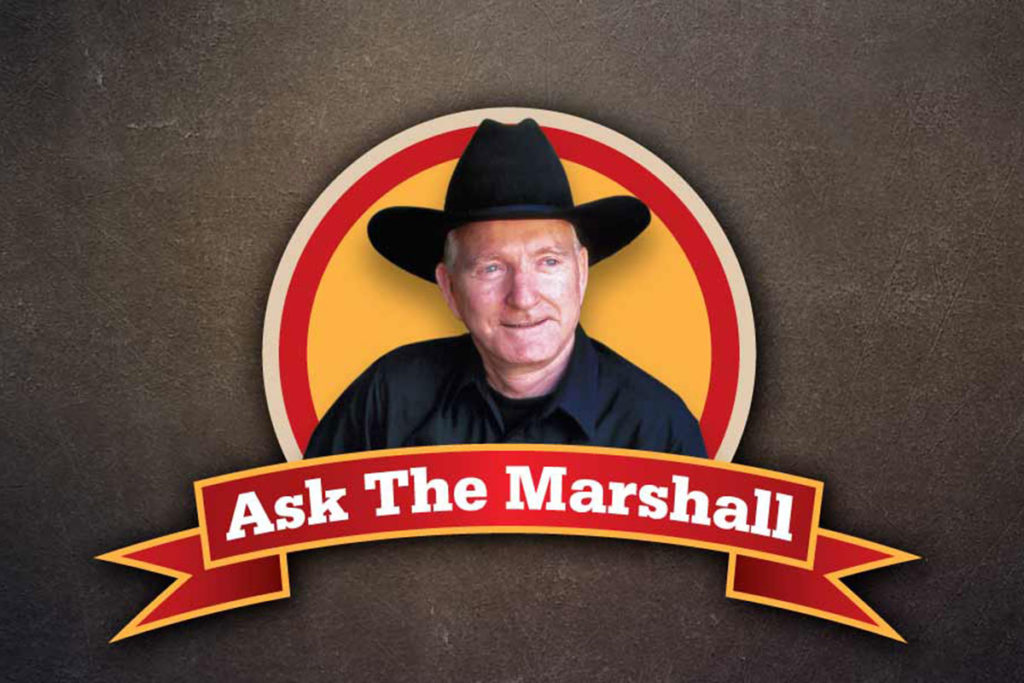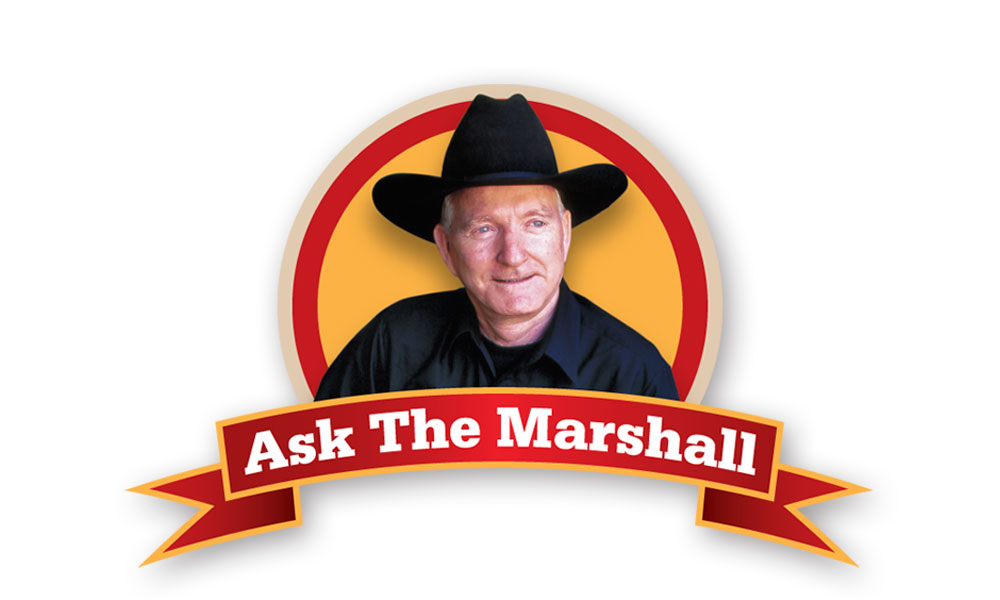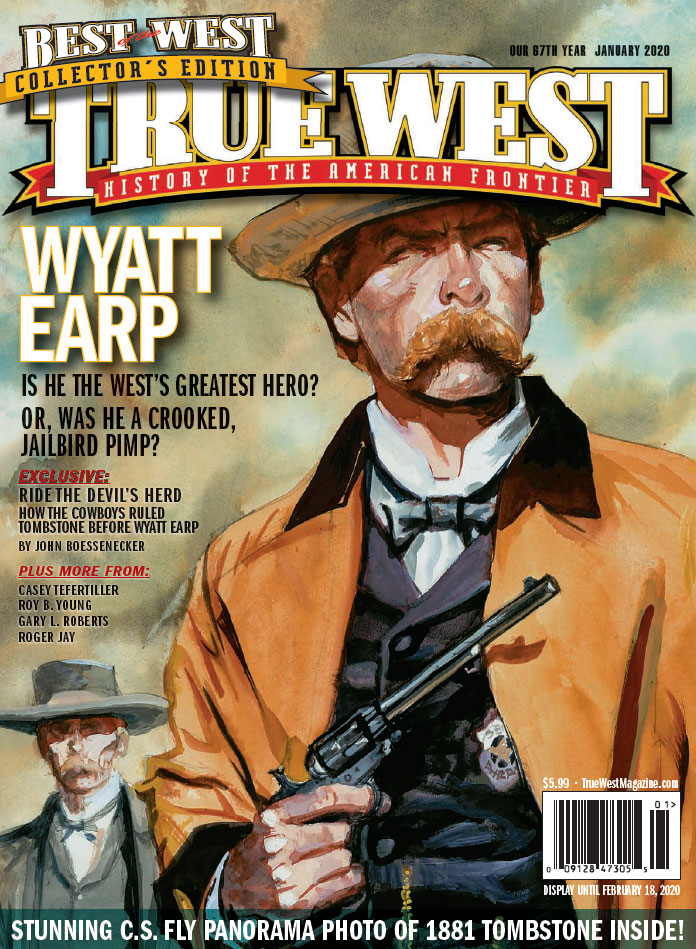What was the relationship between U.S. marshals and town marshals or county sheriffs?
Chase Appleby
Venice, Florida
A deputy U.S. marshal was responsible for federal crimes, and a town marshal or county sheriff had authority dealing with town or county crimes respectively. Many times, county sheriffs or town marshals were also deputized as deputy U.S. marshals. Virgil Earp is a good example as he was marshal of Tombstone and a deputy U.S. marshal.
But being a U.S. marshal was a full-time, administrative job. A person in that position rarely made arrests. So Gunsmoke’s Matt Dillon being a U.S. marshal in Dodge City was bogus. The town marshal, county sheriff and their deputies would have been responsible for the day-to-day job of upholding the law. (Incidentally, Gunsmoke is still my all-time favorite TV Western.)
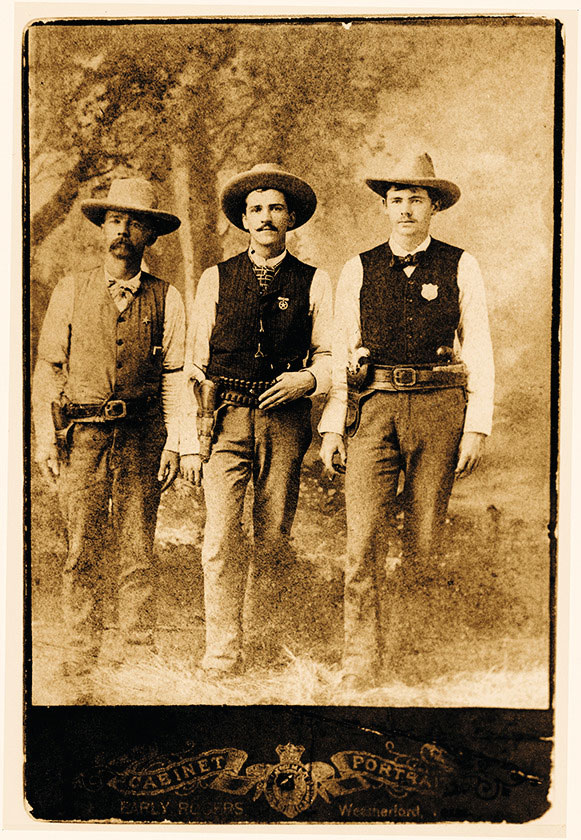
— Courtesy George T. Jackson, Jr. —
Did Old West prisoners have access to health care?
Forrest Sutton
Austin, Texas
Health care in Old West prisons and jails varied widely. Most prisons had some kind of medical facility or infirmary to treat the sick, but actual medical care was limited.
For example, the infirmary of the territorial prison at Yuma had 12 beds. Doctors were available sporadically—usually called in from the neighboring community—and few served longer than a year. A Dr. Cotter served from 1893 to 1896. During his tenure he established the prison hospital. Adding to the problem: the jails/prisons were filthy and full of germs, so sickness was rampant.
Did the Indians really whoop and holler during battles?
Rick Clark
Colorado Springs, Colorado
Attacking warriors from most tribes did use yells and screams to terrify and discombobulate their foes. Apaches were experts at terrifying their prey, running behind rocks and cover to unleash screams and arrows.
It wasn’t just American Indians who used that strategy. Just about all cultures used battle cries. It was pretty universal, then and now. A good example is the Rebel Yell, used by Confederates during the Civil War.
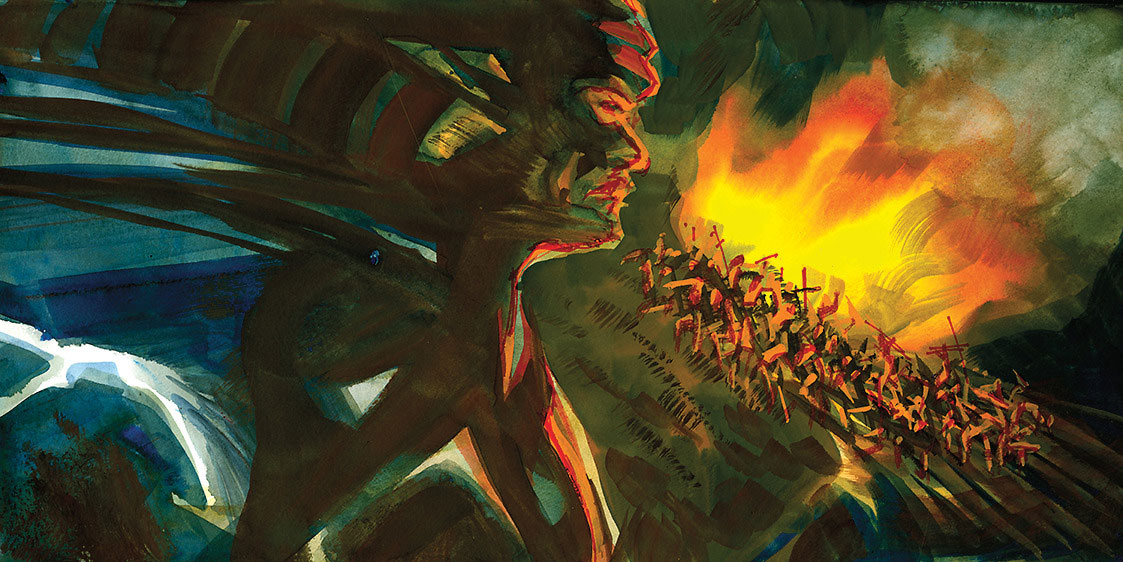
— Bob Boze Bell —
In The Searchers, John Wayne is seen wearing a straw hat. Is that authentic?
Lewis McMullen
Henderson, Tennessee
Straw hats were quite common in the Southwest. Soldiers, Indians, settlers, farmers and cowboys all wore them. Soldiers could buy them at the sutlers store for around 50 cents. Felt hats were more popular in the cooler months, but when the weather heated up they switched to straws. The big drawback: straw hats didn’t hold up in the rain or snow.
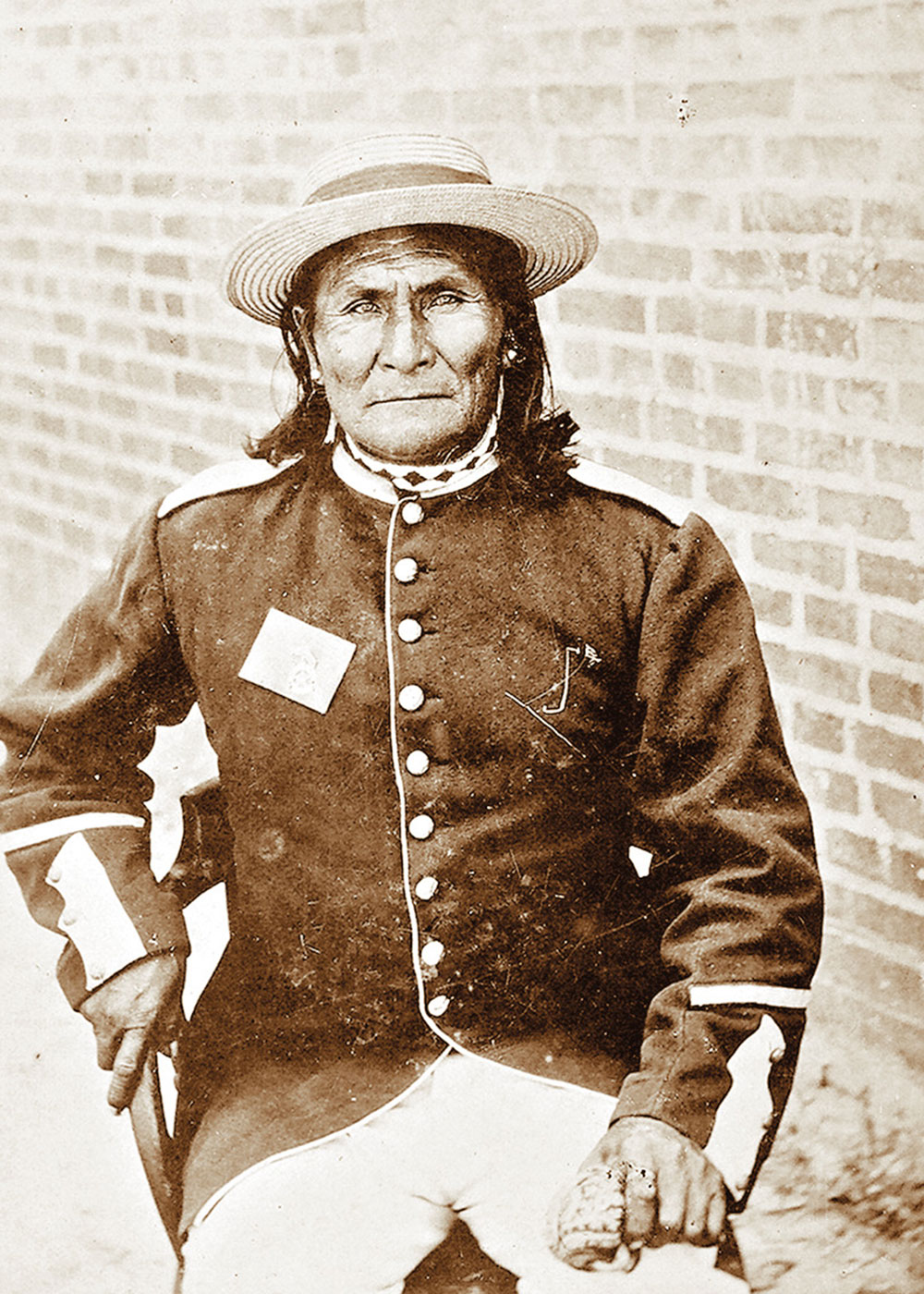
— True West Archives —
Who was Lou Cooley?
Paul Gorterez
Phoenix, Arizona
Cooley played a major role in the Wyatt Earp Vendetta Ride. He worked as a stage driver in Tombstone and had friends in Wells Fargo management. He also acted as a special agent. In April 1882, when Wyatt Earp was staying at Henry Clay Hooker’s Sierra Bonita Ranch, Cooley brought him $1,000 expense money, provided by Wells Fargo General Superintendent John Valentine. Cochise County Sheriff Johnny Behan learned of the plan and arrested Cooley, charging him with aiding Wyatt. Judge Wells Spicer dismissed the case, calling the charges “frivolous.”
An article in the July 2019 issue of True West says the photographer of the authenticated Billy the Kid tintype is unknown. Yet it also claims that he left his thumbprints on the ferrotype while developing. Could he not be traced by those?
Bob Powers
Cincinnati, Ohio
The U.S. courts first began accepting fingerprints in 1911, although some identification was done in the 1890s. The tintypist could not be traced unless there was a record of his prints, which is unlikely. I ran this by Dan Buck, an expert on the subject of fingerprints, and he replied: “Well, yes, if the tintypist was arrested and printed by the FBI in 1930, then maybe.”

— True West Archives —


